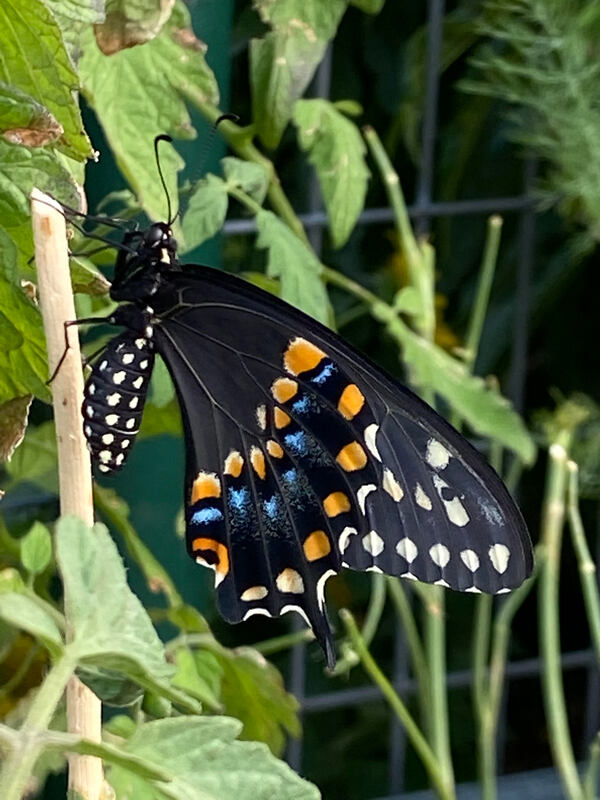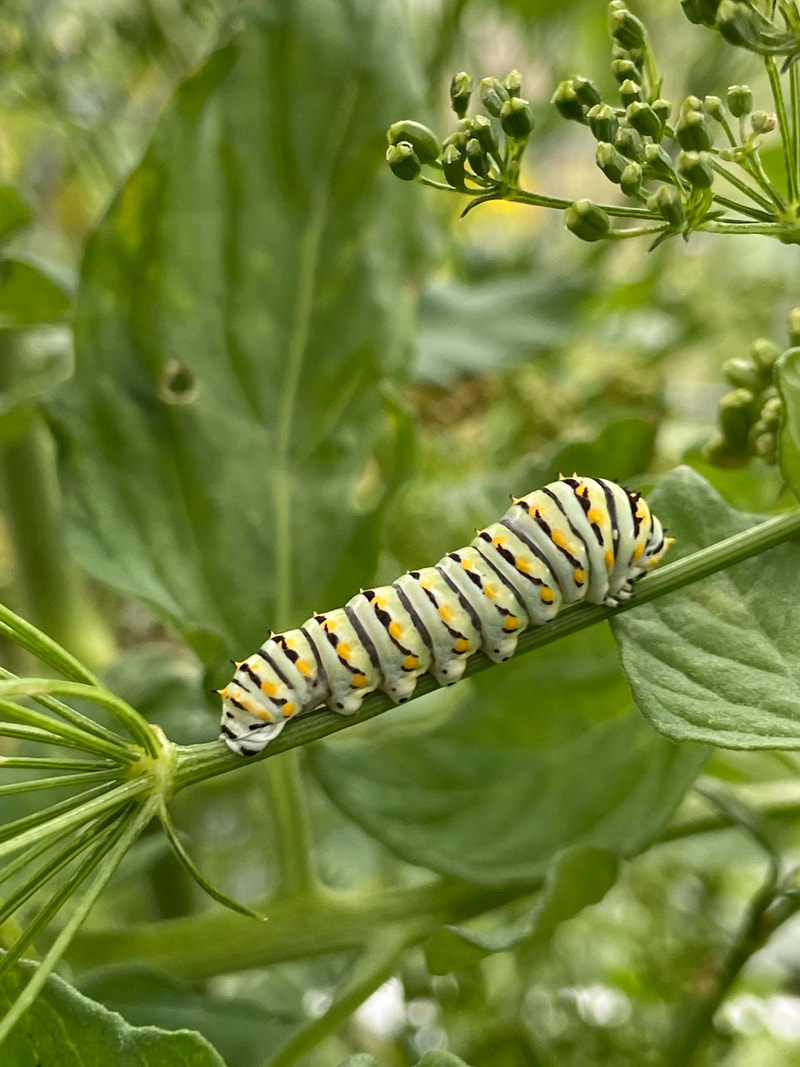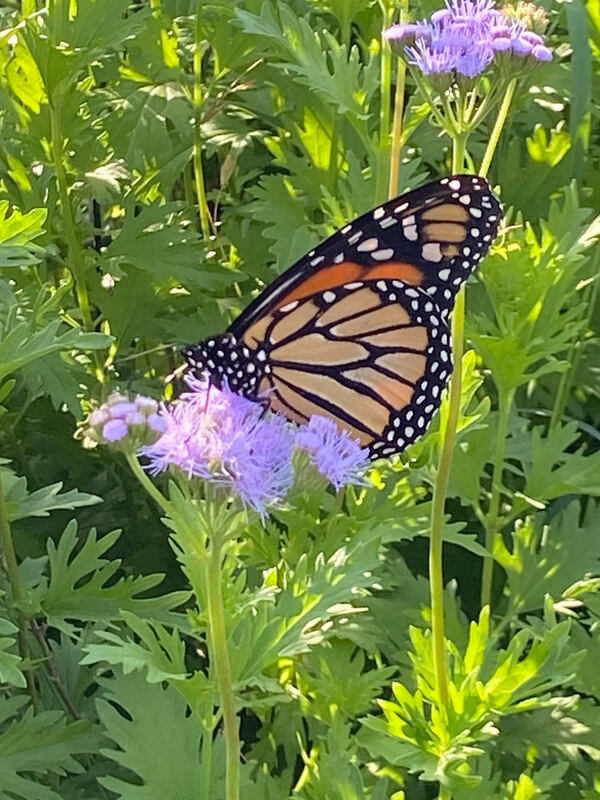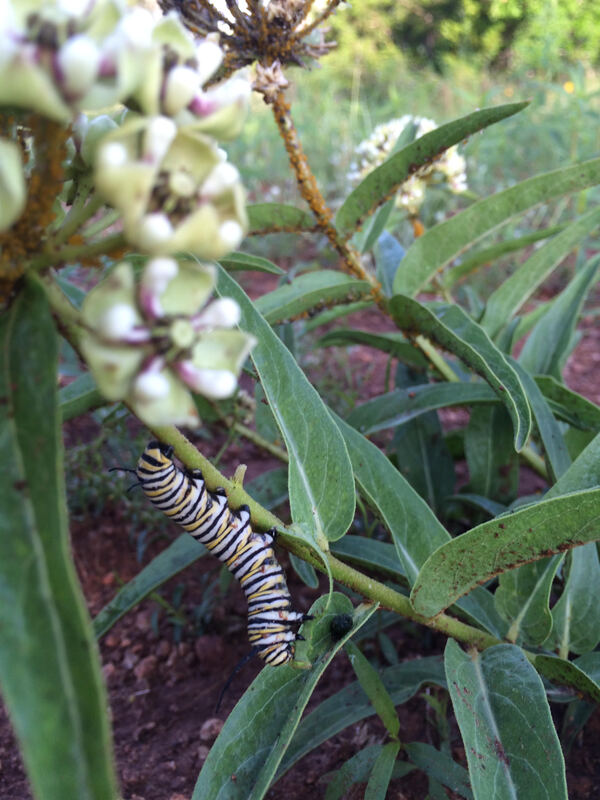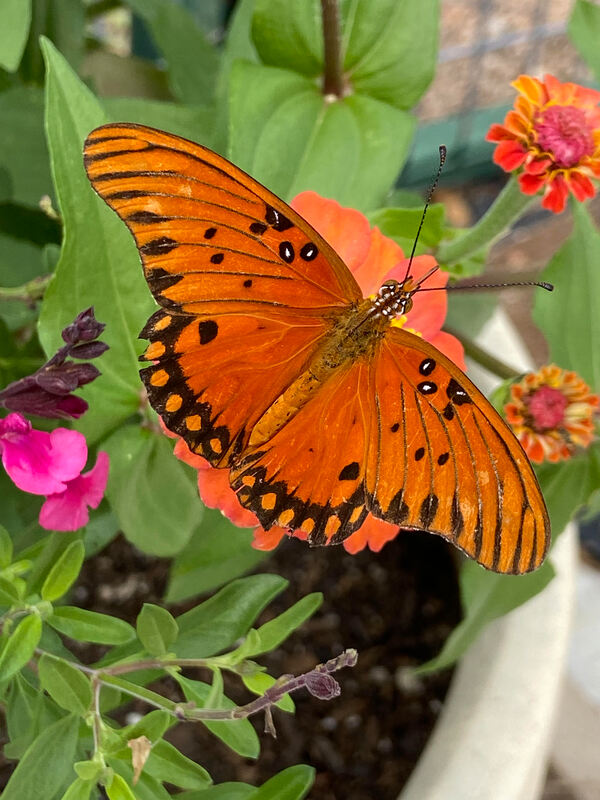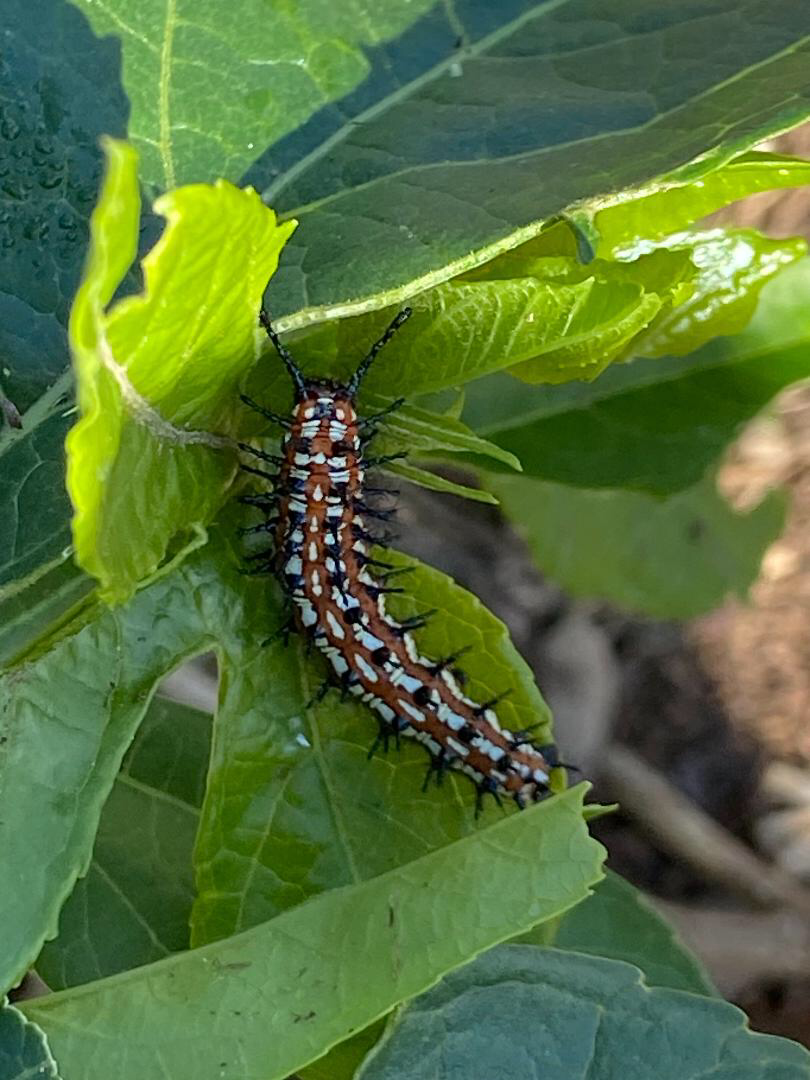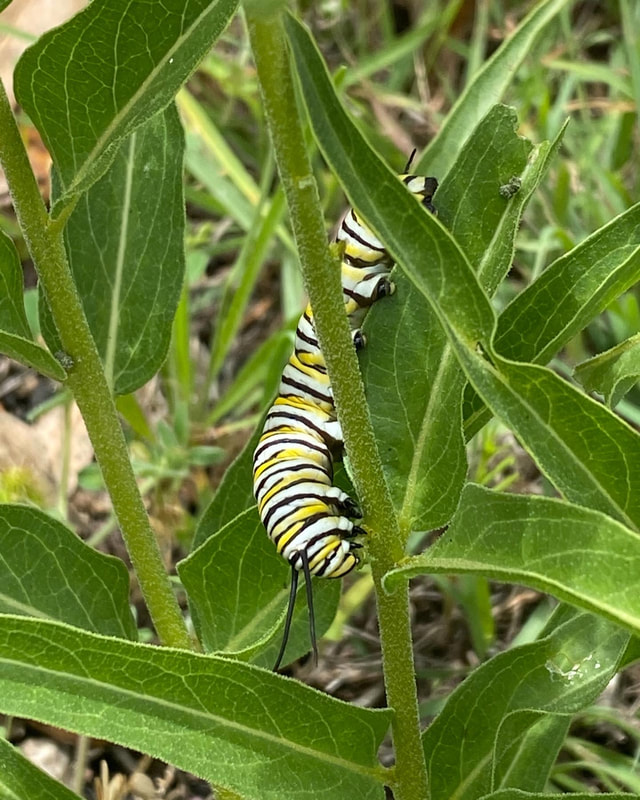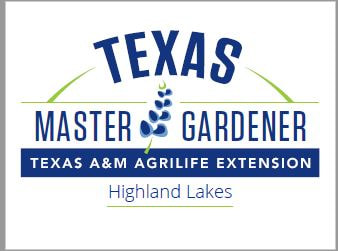We are going to spotlight different resources for youngsters and youth to explore gardening on this page. There's so much to learn!
NEW! Baby Food for Butterflies by Carolyn Crouchet
Butterflies love nectar producing flowers in a garden. These insects float through the air with flashes of cheerful color and add joy to gardening tasks as we work. Planting favored flowers will lure them, but they also need plants for their babies to eat. Butterflies lay eggs on plants their baby caterpillars will eat, and most are very picky about the host plants they choose.
If you want to see black swallowtails, plant parsley, dill or fennel.
Butterflies love nectar producing flowers in a garden. These insects float through the air with flashes of cheerful color and add joy to gardening tasks as we work. Planting favored flowers will lure them, but they also need plants for their babies to eat. Butterflies lay eggs on plants their baby caterpillars will eat, and most are very picky about the host plants they choose.
If you want to see black swallowtails, plant parsley, dill or fennel.
The caterpillars will look like this.
Monarch butterflies will sip nectar from many types of flowers, but will only lay eggs on milkweed plants.
The milkweed plant and monarch caterpillar look like this:
Gulf fritillary butterflies will only lay their eggs on passion vine plants.
These are the only leaves the fritillary caterpillars can digest.
Almost Instant Butterfly Garden: Zinnias, by Carolyn Crouchet
The fastest way to create a butterfly garden in Central Texas is to plant a package of zinnia seeds. It is easy and almost guaranteed to bring in the butterflies.
Steps to take:
1. Buy zinnia seeds.
2. Plant the seeds in pots or pesticide-free planting beds that get a lot of sunshine. You can even plant them in your vegetable garden.
3. Wait for the flowers to bloom and the butterflies to start appearing. You will see the most insects in the fall.
4. Read the article below for more information on zinnias and pollinators.
The fastest way to create a butterfly garden in Central Texas is to plant a package of zinnia seeds. It is easy and almost guaranteed to bring in the butterflies.
Steps to take:
1. Buy zinnia seeds.
2. Plant the seeds in pots or pesticide-free planting beds that get a lot of sunshine. You can even plant them in your vegetable garden.
3. Wait for the flowers to bloom and the butterflies to start appearing. You will see the most insects in the fall.
4. Read the article below for more information on zinnias and pollinators.
Seed Packet Pollinator Plants: Zinnias
Butterflies and bees all sip nectar from flowers The nectar provides essential carbohydrates giving the insects energy they need for flying, finding shelter and laying eggs to create the next generation of pollinators.
When you add flowers to your landscape, you create a habitat to lure these essential pollinators as well as other beneficial insects. Butterflies and bees prefer flowers that are rather flat and open in the middle for easy access to the yummy nectar and pollen. Bees will collect the protein rich pollen to feed their young, and some of it will stick to their hairy bodies and be transferred to the next flower they visit. The flower will use the pollen grains to form seeds. Butterflies only visit the flowers to sip nectar, but pollen sticks to them as they move from flower to flower.
Flowering plants lure pollinators, but many take some time to grow and become established.
One of the quickest ways to create a butterfly garden is to plant a packet of zinnia seeds each year in a pot or sunny pesticide-free garden bed. These flowers sprout easily, can take the Texas summer heat and are a butterfly magnet, especially in fall. The bees like them too. Zinnias make long-lasting cut flowers, so you can take some inside for garden-fresh bouquets throughout their long growing season. As soon as the flowers begin to bloom, you can start looking for butterflies coming to feed. Be sure to cut off dead blooms so the plants will send up more new flowers frequently. When the days cool off, you will be amazed at the number of butterflies you can spot getting tasty sips, including Monarch butterflies gathering energy to fuel their flight to Mexico. Your zinnias are guaranteed to bring joy to you and nurture valuable insects as well. Congratulations!
